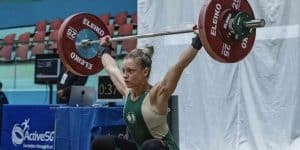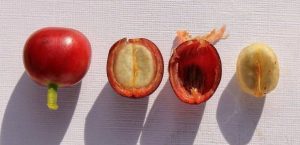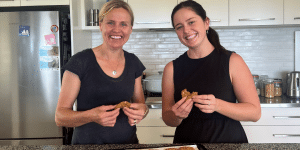Acromioclavicular (AC) Joint Injuries: What you need to know

What is the Acromioclavicular Joint?
The acromioclavicular (AC) joint is the point of your shoulder where your distal clavicle (collarbone) attaches to the point of your scapula (shoulder blade).
How do you injure the Acromioclavicular Joint?
AC joint injuries occur from a fall onto the point of the shoulder or onto an outstretched arm, which disturbs one or more of the surrounding ligaments (1). AC joint injuries vary significantly in severity and are graded from 1 (least severe) to 6 (most severe) as illustrated below.
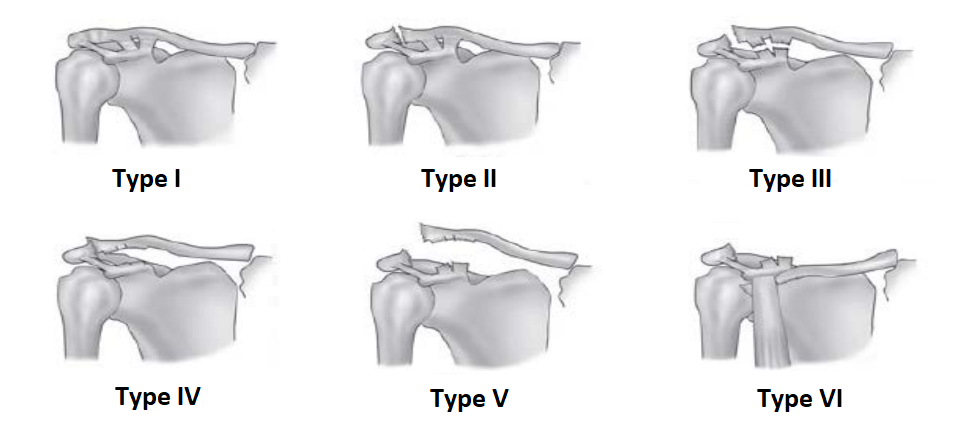
What is the healing time, and how are AC joint injuries managed?
Type 1: These involve sprains to the surrounding ligaments of the AC joint with normal x-rays (i.e. the bones are well aligned). These can be treated with physiotherapy and can return to sport in as little as 1-2 weeks.
Type 2: Involves a more severe sprain to the ligaments surrounding the AC joint. X-rays may show the distal clavicle slightly elevated. These can be treated with a short period of sling immobilization and physiotherapy and return to sport within 4-8 weeks.
Type 3: This involves the rupturing of ligaments attaching to the AC joint and an obvious deformity will be present as well as significant instability. The management of these usually involves a longer period of immobilization in a sling, followed by 5-8 weeks of physiotherapy. Some of these injuries do not heal adequately and will need further surgical assessment and/or intervention.
Types 4-6: These injuries involve complete rupture of surrounding supporting ligaments and soft tissues. Patients are referred to an orthopaedic specialist and will likely need surgical intervention to stabilise the joint (3).
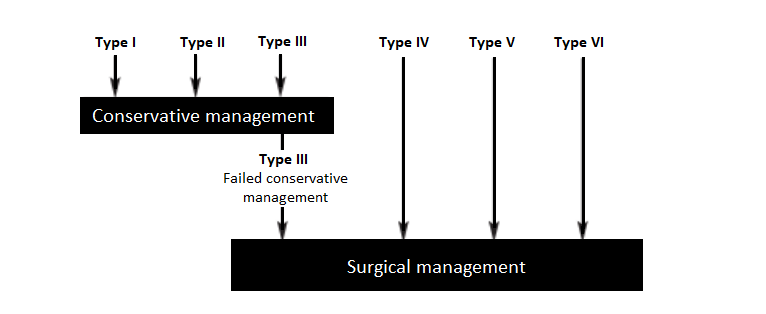
Related Reading: The Ultimate Guide to Shoulder Dislocations
Physiotherapy for AC joint injuries
- Assessment, grading of injury, and guidance around expected return to work and sporting activities.
- Provision of an appropriate sling or brace if required.
- Joint and soft tissue mobilization to accelerate recovery and improve range of motion.
- Taping to reduce pain, improve function, and enable safe return to activity.
- Progressive exercise programs to help you recover your strength and performance.
- Protective guards or padding for return to sport.

If you suspect you have an AC joint injury or have any questions, call us here or book an online appointment today
References:
- Bontempo, N., Mazzoca, A. (2010). Biomechanics and treatment of acromioclavicular and sternoclavicular joint injuries. British Journal of Sports Medicine,
44, 361-369. - Yewlett, A., Dearden, P. M., Ferran, N. A., Evans, R. O., Kulkani, R. (2012). Acromioclavicular joint dislocation: Diagnosis and Management. Shoulder
and Elbow, 4, 81-86. - Reid, D., Polson, K., Johnson, L. (2012). Acromioclavicluar joint separations Grades I-III – A review of the literature and best practice guidelines.
Sports



